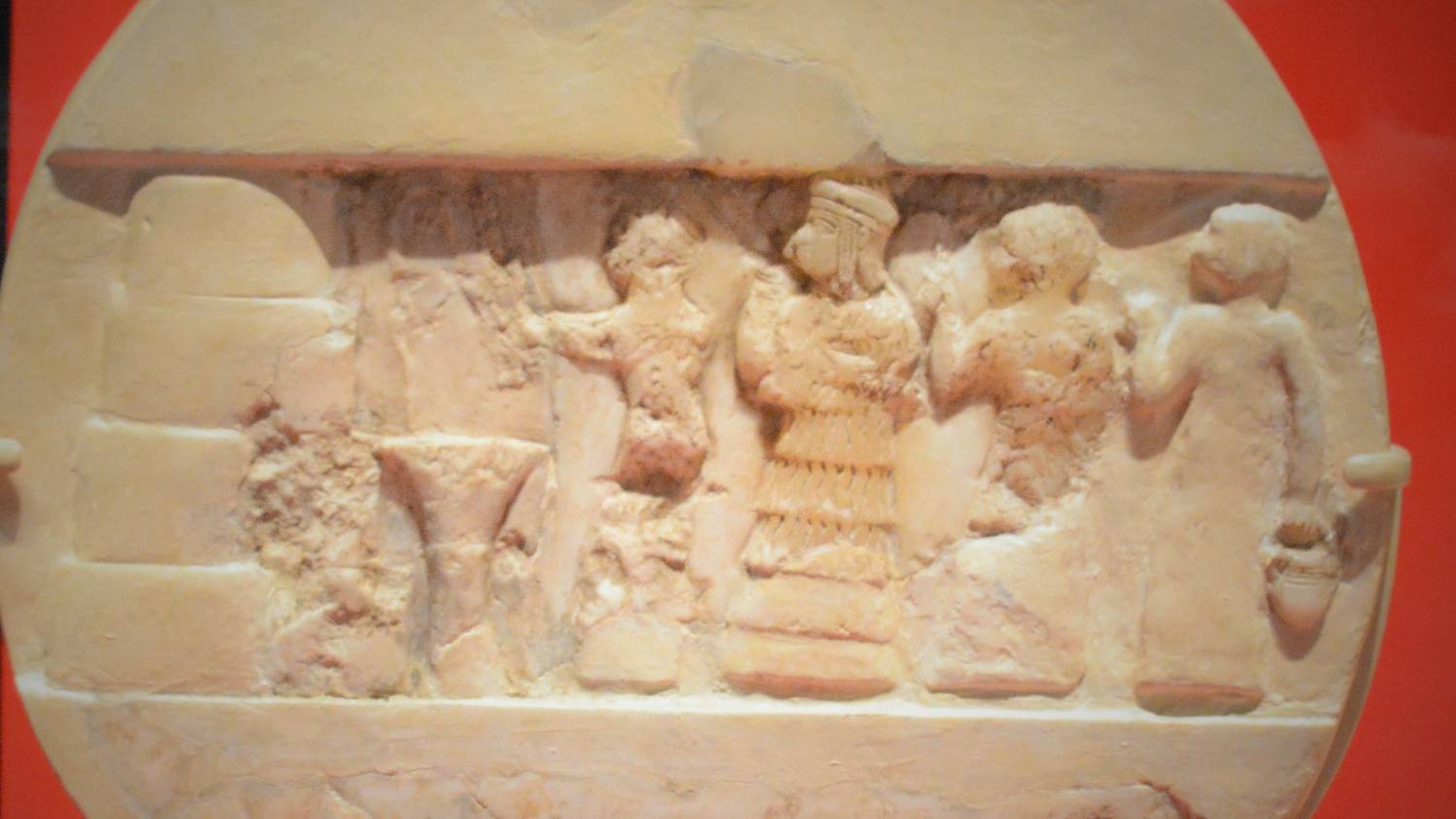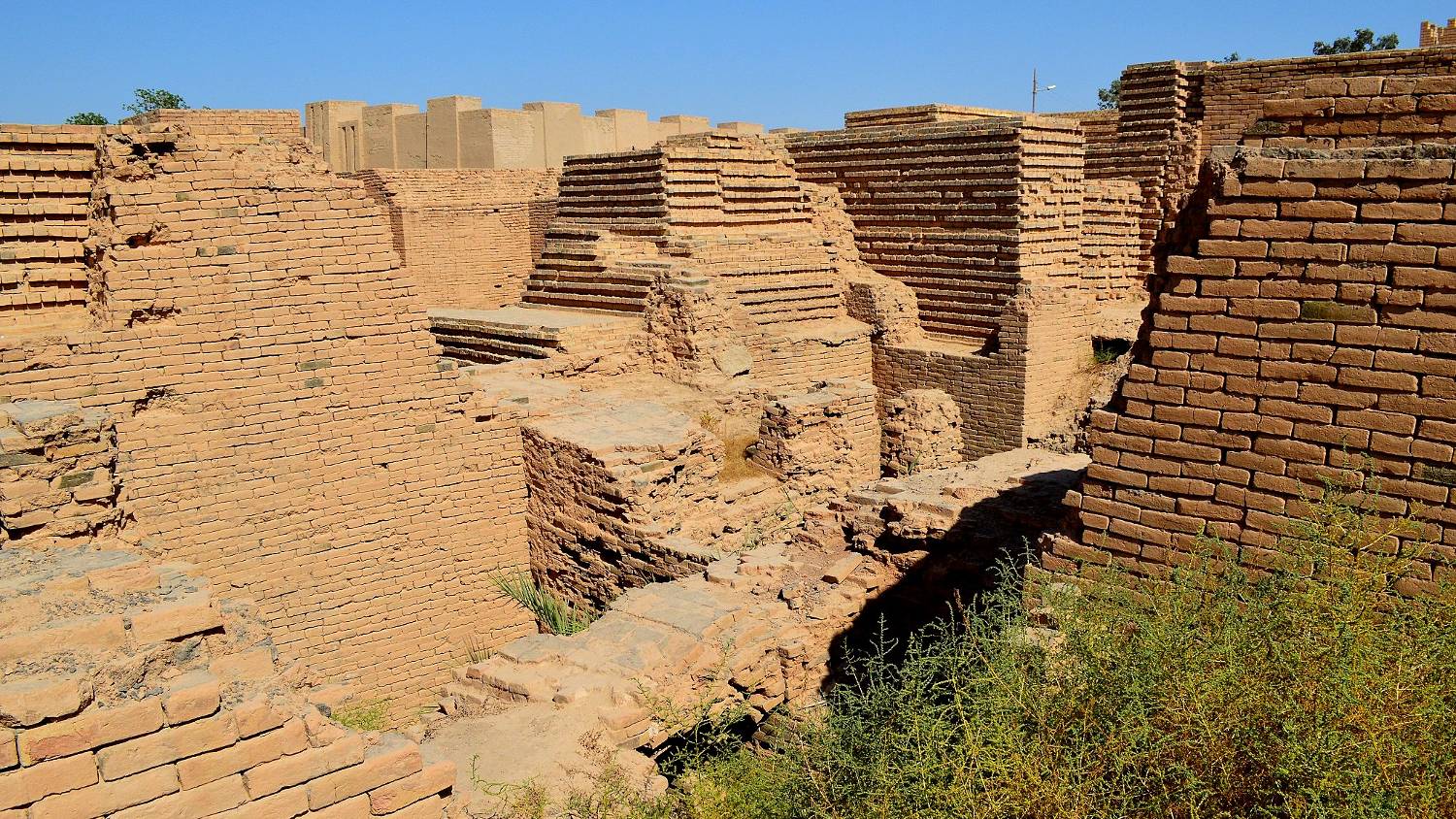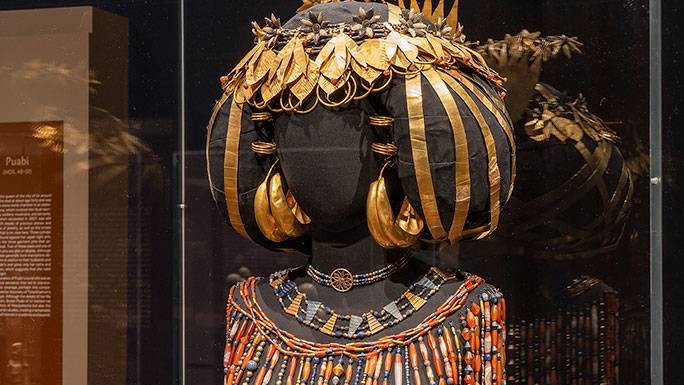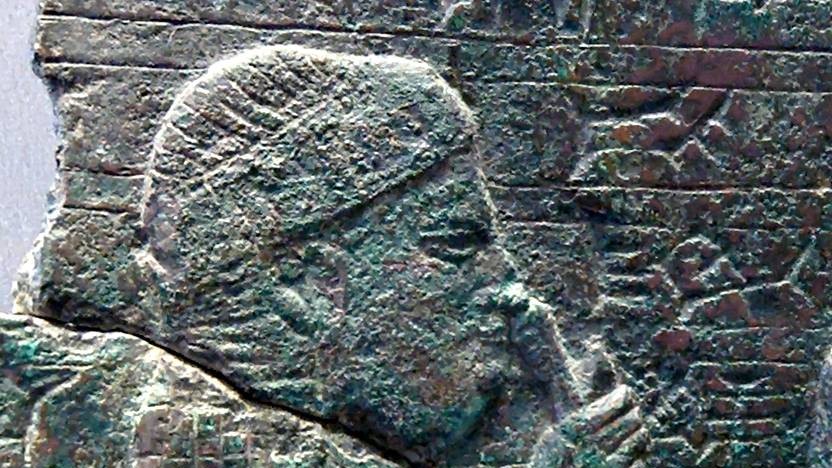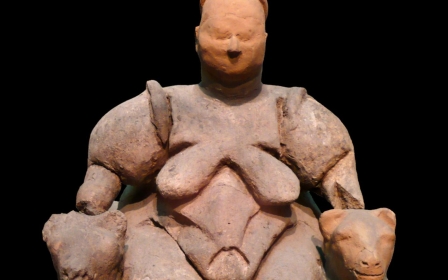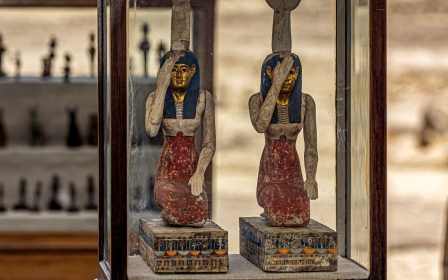Goddess, priestess, queen: Six forgotten women who shaped ancient Mesopotamia

Corresponding to an area comprising of today’s Iraq, part of Syria, and Turkey, the heartland of Mesopotamia stretched between the Euphrates and Tigris rivers.
It encompassed different peoples and empires such as the Sumerians, the Akkadians, the Babylonians, and Assyrians, who controlled Mesopotamia over millennia, building and expanding glorious cities such as Uruk, Ur, Lagash, Babylon, Assur, Nineveh, and Akkad.
Mesopotamia, a Greek name for the site of a diverse and rich civilisation spanning from prehistoric times to the fall of Babylon during the 6th century BCE, has given us a sophisticated mathematical system, robust notions of astronomy, an alphabet, the wheel, urban planning in the form of cities, irrigation and much more.
And in addition to these invaluable scientific contributions, Mesopotamians advanced arts, with techniques involving ceramics and clay, as well as engineering and designing architectural splendours. For instance, the palaces of Nineveh and Babylon, and the impressive temple structures known as ziggurat.
Richly decorated artefacts and objects which populated royal graves, such as the Standard of Ur now kept at the British Museum, attest to craftsmanship and luxury.
Extant cylinder seals – engraved round cylinders used to impress motifs on wet clay – as well as clay tablets, statuettes and other physical objects, have survived to tell us about myths and stories, notably of Mesopotamian goddesses and female figures, which have been mostly forgotten through time.
Inanna
Among female divinities is the Sumerian Innana, later known as Ishtar. Sargon, the ruler of Akkad (c. 2334–2279 BCE, also Sargon I), popularised her worship, first in the city of Uruk.
He named Inanna first, in an inscription found at Nippur, a city that worshipped Enlil, a male divinity belonging to primordial cosmogonies, associated with storms, wind, earth, and air.
This sequence and privileged placement denote a favourable ascendency, as Inanna progressively rose in significance in the pantheon of Mesopotamian deities.
Inanna, a celestial goddess, rules over the sky. Associated with the planet Venus and often depicted mounting a lion, she’s represented with an eight-pointed star and embodies dual elements of power and fertility, war and love.
She co-delivers justice and appears in several myths and epics, such as the Akkadian epic of Gilgamesh. Her cult allowed for gender reversals and sacred prostitution.
In one of the earliest epic poems known to us, The Descent of Innana, we encounter Ereshkigal, goddess of the underworld, “sister” to Innana.
“Innana abandoned heaven, abandoned earth, and descended to the underworld,” the poem goes and continues for around 400 verses.
Innana’s journey to the netherworld influenced later myths such as the Greek Persephone, seasonally conveying the personalised notion of winter and spring. Ishtar gave her name to one of the five gates of Babylon. Other female deities include Nisaba, goddess of writing and accounting (evolving from an earlier grain goddess).
A seminal book from Professor Zainab Bahrani, Women of Babylon (2001), which highlighted gendered roles and the visual representation of women, paved the way for greater academic and institutional attention to them.
Saana Svard, associate professor of Ancient Near Eastern Studies at the University of Helsinki, became interested in this field from the age of 12. Co-editor of Women's Writing of Ancient Mesopotamia (2017), she shares with Middle East Eye that “women in the ancient Near East had about the same legal rights as men did, although they appear in texts much more rarely.”
While Mesopotamian kings were always male, women could hold important functions at court and in administration.
Enheduanna
Enheduanna, daughter of King Sargon I (Innana’s worshipper), lived over 4,000 years ago. Poetess, high priestess of Ur and politician, we know of her existence from the excavations of British archaeologist Sir Leonard Woolley and the identification of her name on an artefact in 1927.
A first-person lyrical text, the Exaltation of Inanna has been attributed to her, as well as the Sumerian Temple Hymns.
Sidney Babcock, curator of the ground-breaking exhibition She Who Wrote at the Morgan Library in New York City, describes Enheduanna as “nothing less than the first non-anonymous author in history”.
Enheduanna, who considered the process of creating as birth giving, is “the first person to write in the first person singular and introduces the concept of autobiography.
"She writes about human concerns that are timeless and indeed still with us today. She writes about her insecurities, sexual abuse, exile, the destructive force of nature,” Babcock adds.
The Exaltation of Inanna, taught in scribal schools for centuries, was translated into English in 1975.
Ennigaldi
Ennigaldi, the daughter of the Neo-Babylonian king, Nabonidus, lived in Babylon during the 6th century BCE.
She inherited from her father an interest in archaeology and became high priestess of the moon deity Sin, an office revived after a centuries-long hiatus which harked back to the times of King Sargon I.
She began to collect artefacts from her father, previous rulers, and some she excavated herself, and placed them in a museum in 530 BCE.
The world’s first curator, Ennigaldi arranged the objects and labelled them in different languages to reconstitute a historical account for current and future generations.
Puabi
One of the most richly preserved Mesopotamian tombs ever found was uncovered in the late 1920s along with other excavations in Ur. The lavish tomb, matching the standing of its occupant, belonged to a woman.
Queen Puabi (or Pu-abi) ruled over the ancient city of Ur in her own name. We know this because her seal, which refers to her as queen, does not reference any husband and shows her presiding over a banquet in a seating that evokes royalty.
Inside the tomb were jewellery, gem-ornamented diadems, golden headdresses, and opulent garments, for her and her buried attendants. Puabi lived in the heydays of Ur, around 2600 BCE. While we know little of her life, her careful funerary arrangements confirm that she held a rank of importance in society.
More queens have been recorded through time in Mesopotamian history. For instance, Queen Shibtu, of the city-state kingdom of Mari, who skilfully carried out administrative responsibilities during the 18th century BCE.
Her correspondence reveals her worries, including of the well-being of her war-waging husband Zimri-Lim, keeping him abreast of city affairs as an acting vice-regent.
Kubaba (or Kug-Baba), lived in the Sumerian city of Kish around 2500 BCE. A former tavern-keeper (a respectable occupation in Sumer), she is said to have ruled for a century and is the only woman to be referred to as king rather than queen consort in the Sumerian King List.
Sammu-Ramat
When her husband died, Assyrian Queen Sammu-Ramat reigned in his stead until her son Adad Nirari III came of age.
She stabilised the kingdom at a time of acute strife and she was remembered through a stele in the city of Assur.
Her name is associated with the myth of a legendary queen, Semiramis, founder of Babylon and its suspended gardens, retold inter alia by 1st century BCE Greek author Diodorus Siculus.
For Diodorus, she was a half-divine mortal, daughter of a fish goddess.
Centuries before him, Greek historian Herodotus wrote that a city gate was named after Semiramis and that she consolidated river banks with dykes to prevent flooding.
French philosopher Voltaire wrote a play about her in 1784 and an Italian opera in two acts from Gioachino Rossini premiered in Venice in 1823.
By then, tragedy and Orientalism had turned Semiramis into a husband-killing queen of Babylon who would meet her own demise amidst political scheming and mistaken identities.
Naqia
Queen mother Naqia of the Neo-Assyrian Empire was the consort of King Sennacherib, mother to successor King Esarhaddon.
Her opinions in court were heard, and she was involved in administration as well as religious affairs during the 7th century BCE.
Upon the death of her son, she also asserted her authority to place her grandson Assurbanipal on the throne, and issued a treaty instead of the king, thus playing an evident public role in Assyrian politics.
Besides these elite women, workers and enslaved women contributed to Mesopotamian society through labour, art, and passing down family traditions – voices we are only beginning to hear as we lean closer.
This article is available in French on Middle East Eye French edition.
Middle East Eye delivers independent and unrivalled coverage and analysis of the Middle East, North Africa and beyond. To learn more about republishing this content and the associated fees, please fill out this form. More about MEE can be found here.



